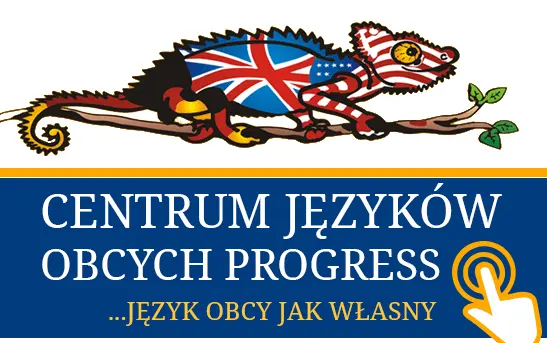- North America (103)
- The United States (87)
- Canada (16)
- Central America (48)
- Mexico (48)
- South America (11)
- Brasil (11)
- Australia and Oceania (20)
- Asia (447)
- Thailand (59)
- Malaysia (3)
- Burma (Myanmar) (52)
- Cambodia (250)
- Indonesia (11)
- Singapore (6)
- Israel (8)
- United Arab Emirates (3)
- Oman (26)
- Sri Lanka (24)
- Turkey (10)
- Africa (19)
- Europe (439)
- Spain (Catalonia) (7)
- Spain (27)
- Italy (29)
- Great Britain (4)
- France (15)
- Poland (286)
- Germany (11)
- Czech (10)
- Greece (36)
- Cyprus (16)
- Off-topic
- All
About man and the world in dance and theatre songs
The second day of spring did not spoil us with excessive warmth. Despite the sunny day, the winter air did not encourage us for long walks.
Nevertheless, we had an extraordinary meeting on the border of theatre, music and butoh dance* in the programme.
All this, organised by the Municipal Cultural Centre, took place in the park, in the space of the Łyna River, Wagon 1945** and the trolleybus depot.
Actress Joanna Sarnecka presented an outdoor performance combining butoh dance in the context of the situation on the Polish-Belarusian border.
"LifeLocation is a dialogue with space, mosses, swamp water, which - as witnesses - maintain the memory of people on the road. This is their voice. And a tribute to those who have become part of the forest."
*Butoh - dance of darkness - a collective name for various types of activities and dance techniques (...). Butoh contains elements of traditional Japanese theatre (...). The body and face are painted with white paint to create a ghost-like appearance and remove any individual features of the dancer. (...). Butoh treats the body – constantly balancing on the edge of life and death – as a tool for expressing one’s sense of existence through movement.(…)
**“Wagon 1945” is a project carried out for two years by the Municipal Cultural Centre in Olsztyn. It tells the story of the post-war population movements in Warmia and Mazury. The most important part of the project is a restored wagon placed on a historic track, which was used to transport displaced people right after the war.



























